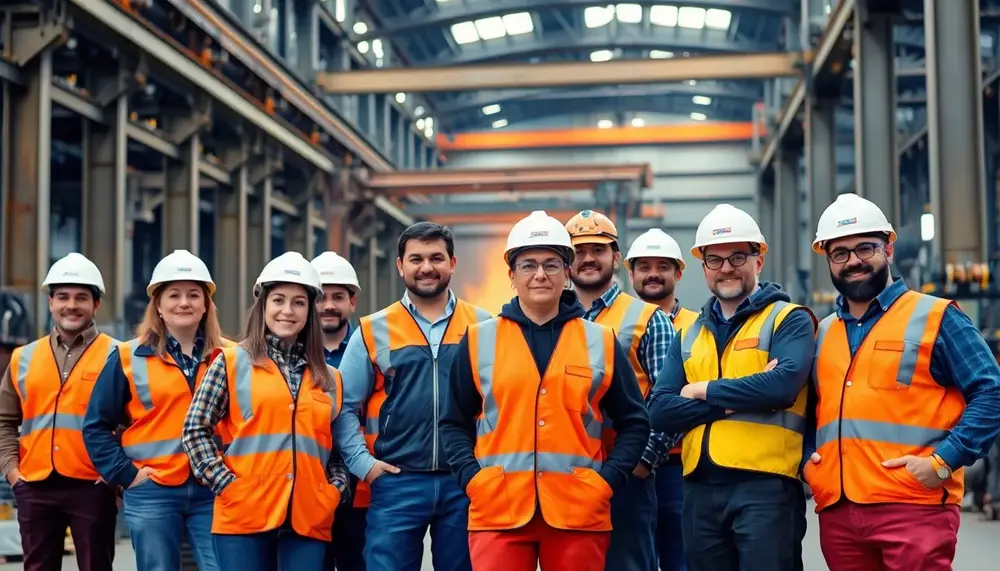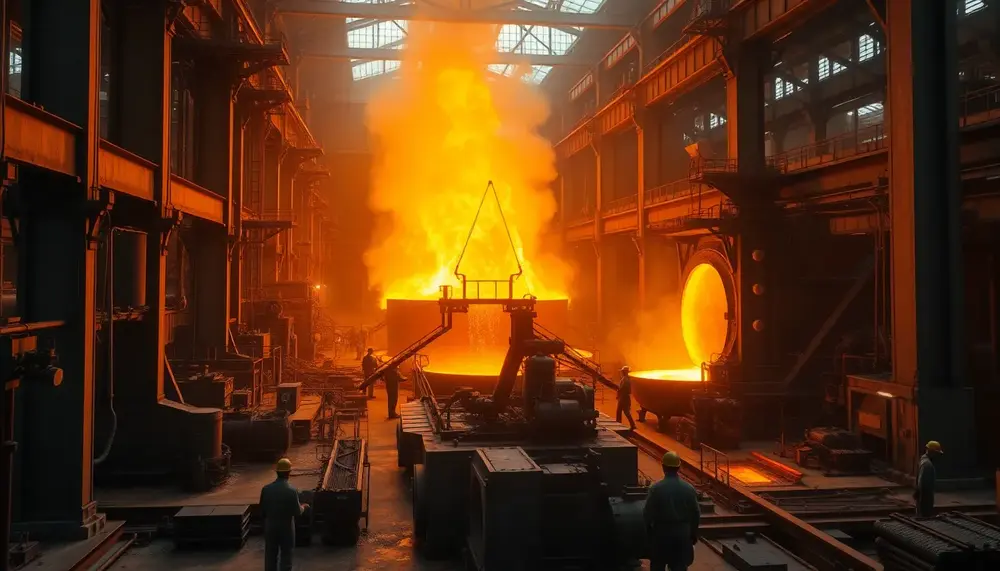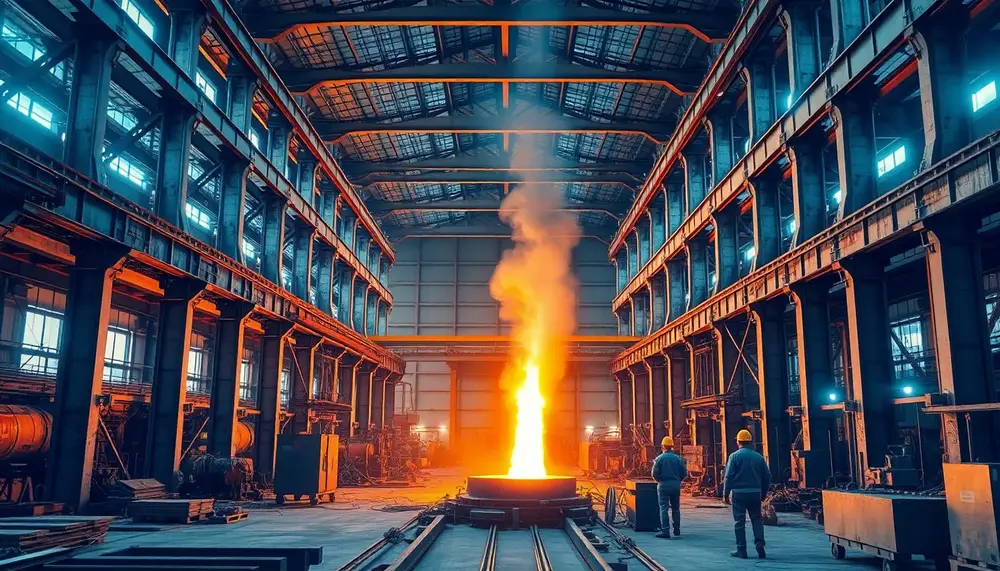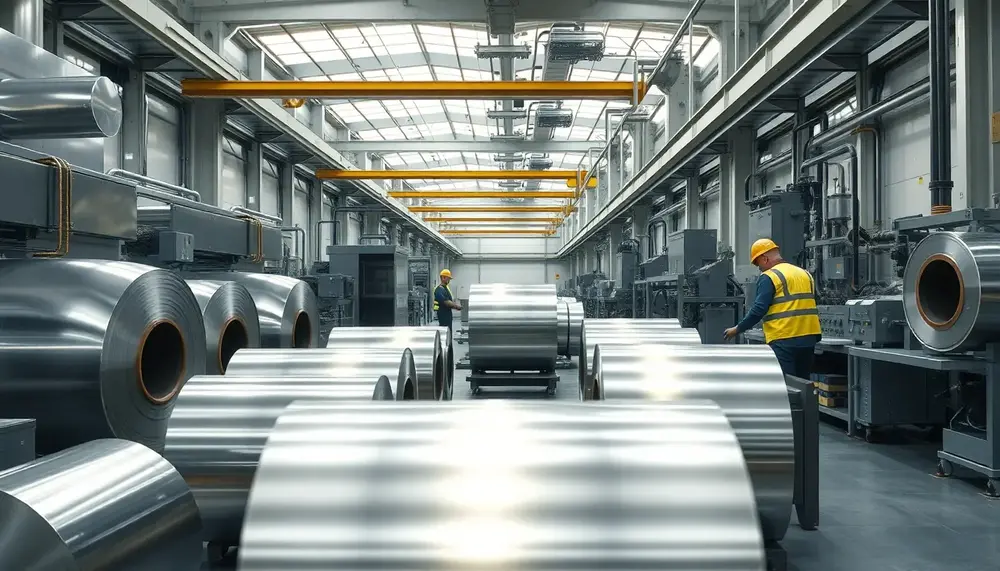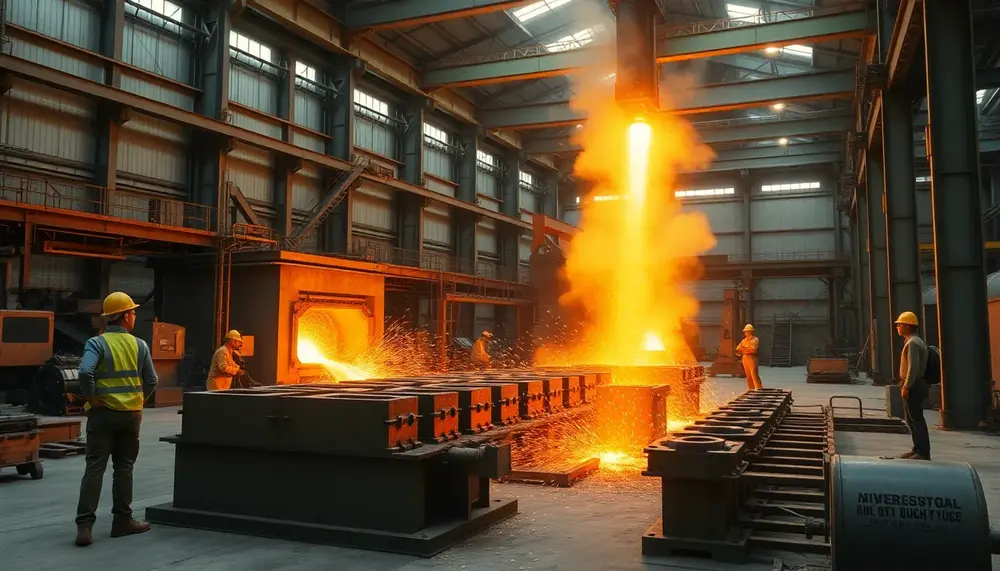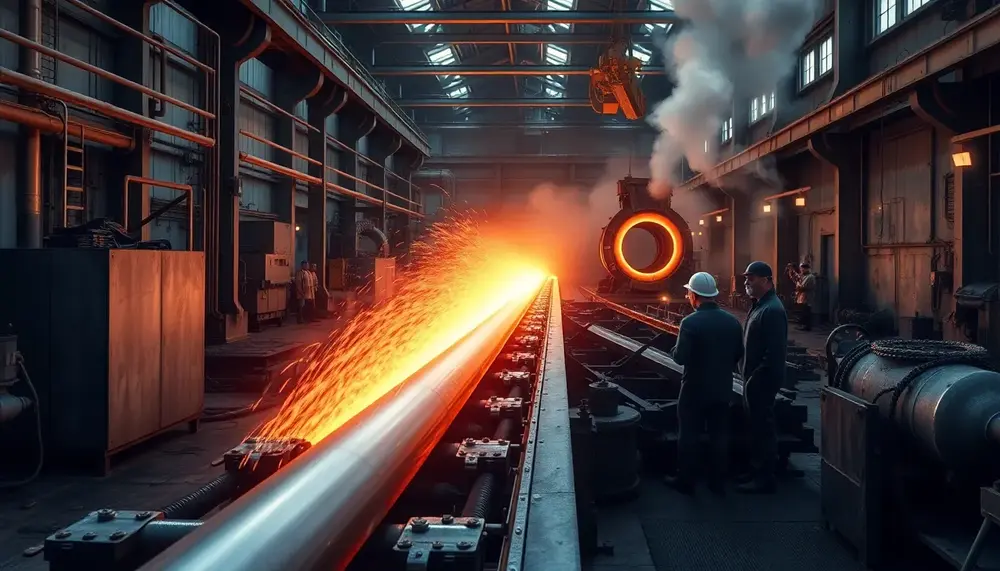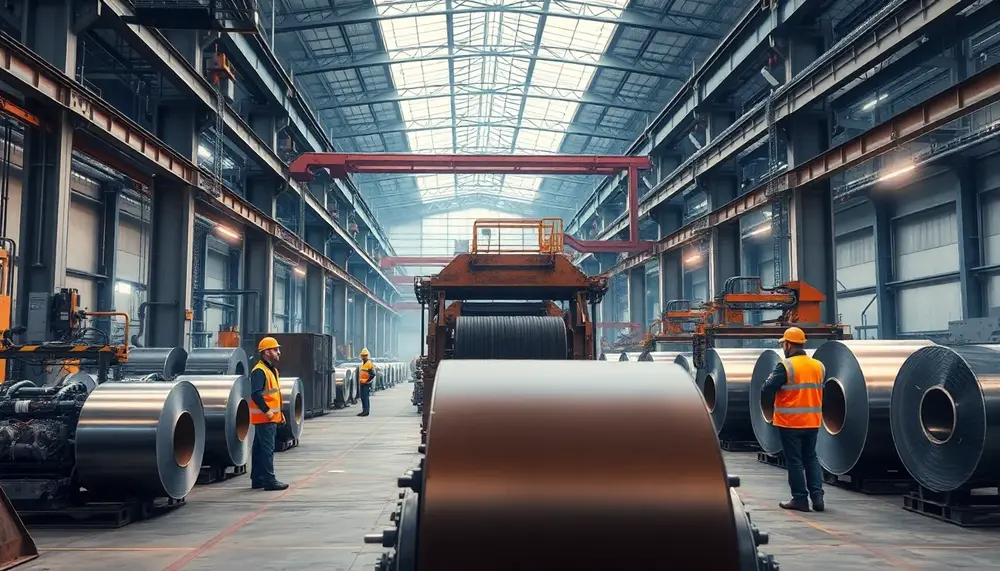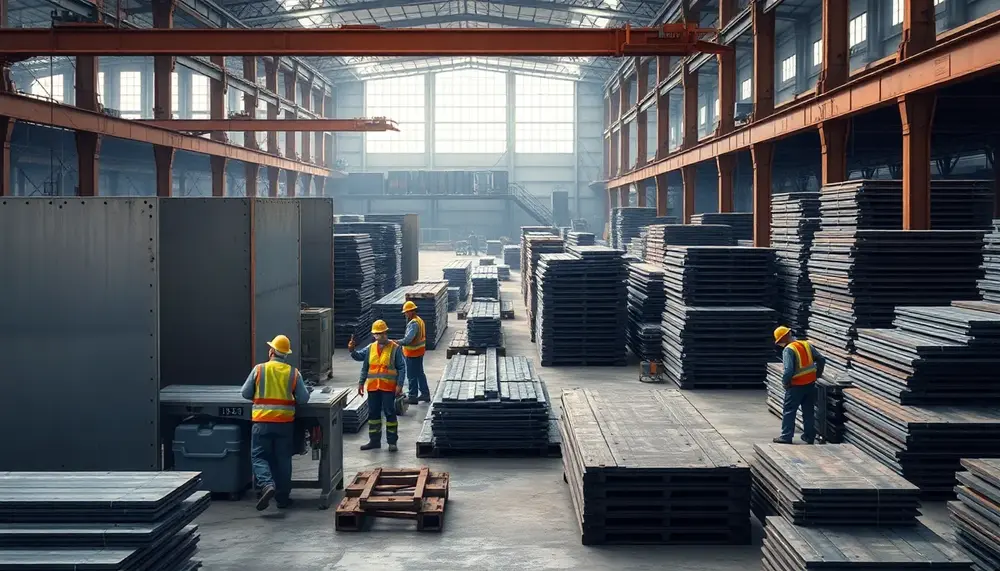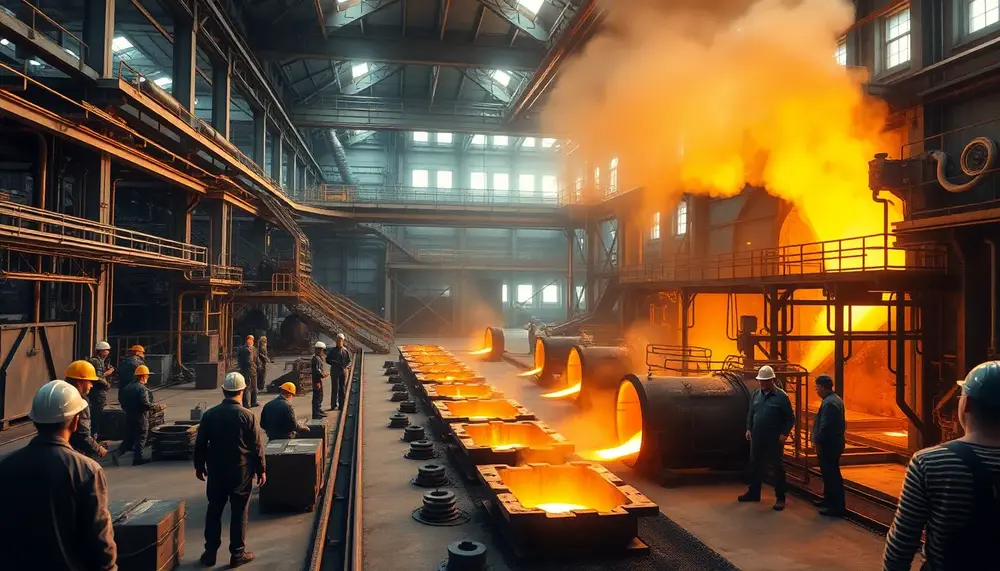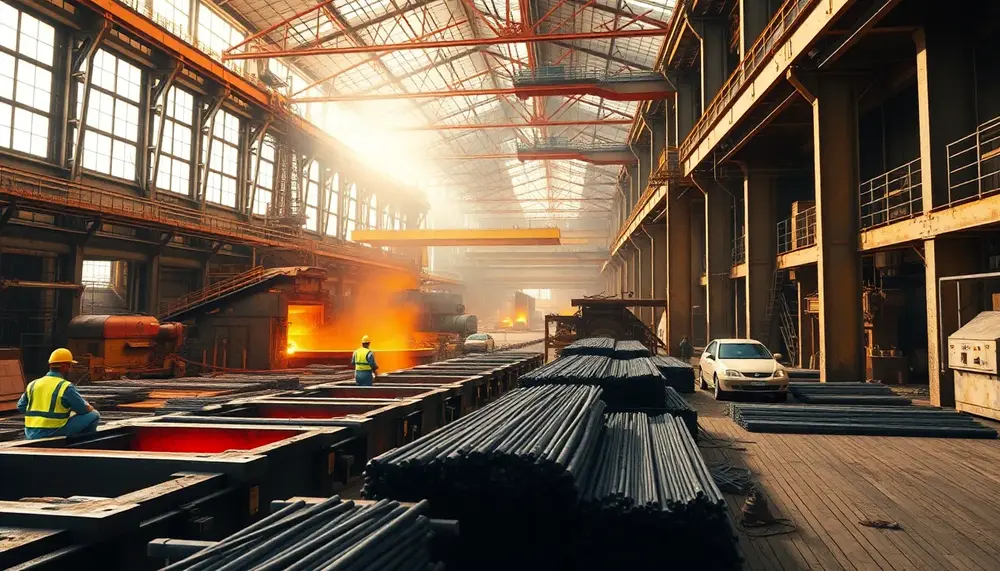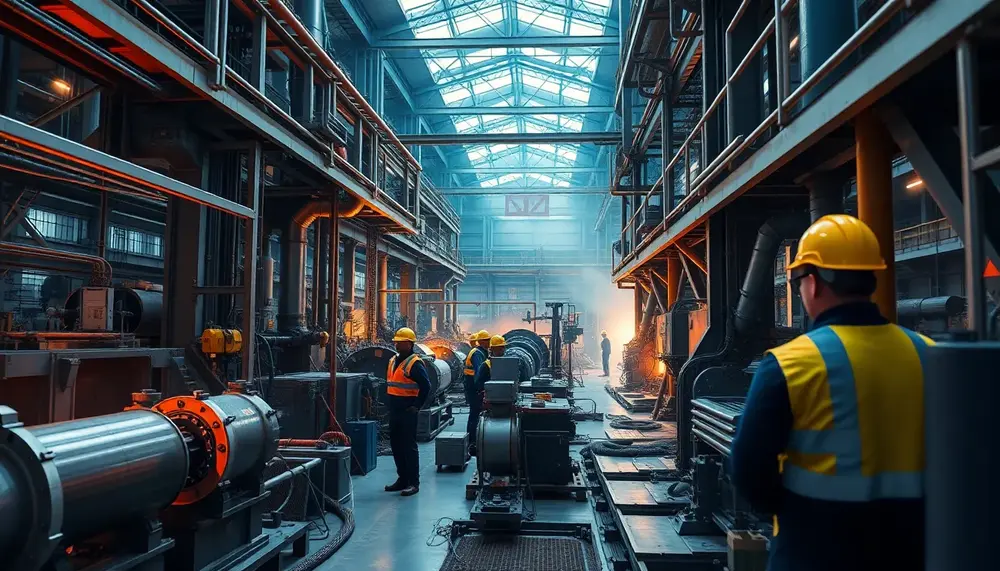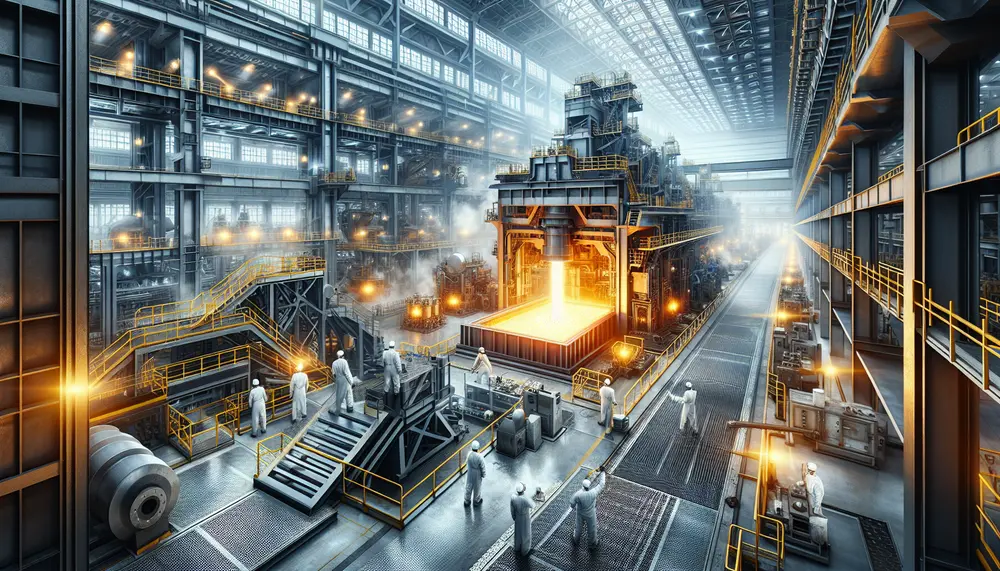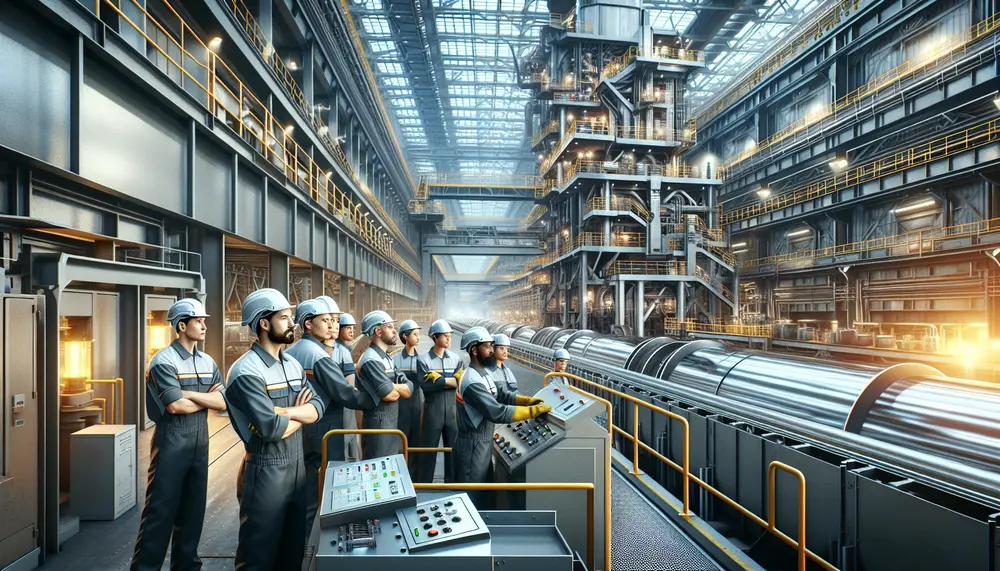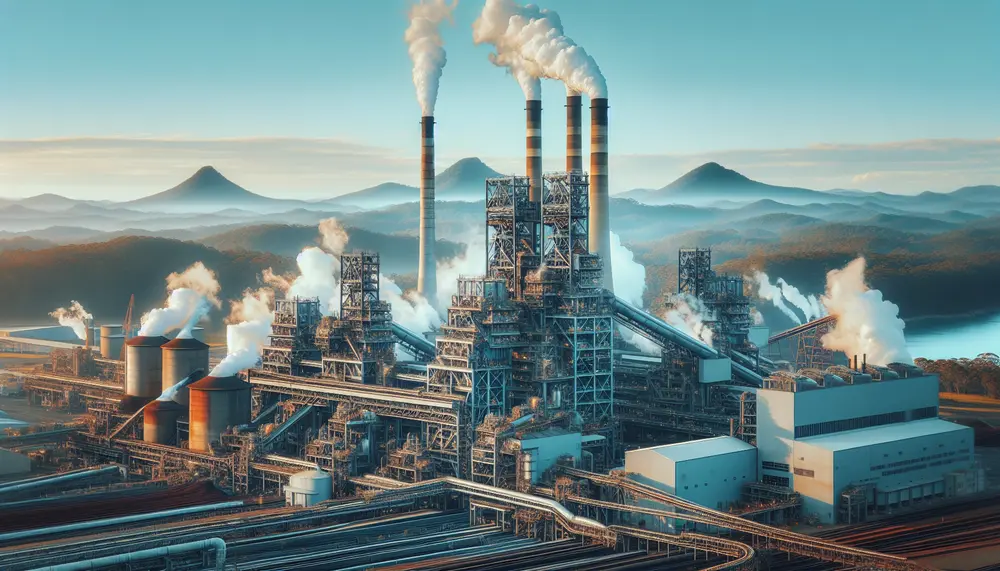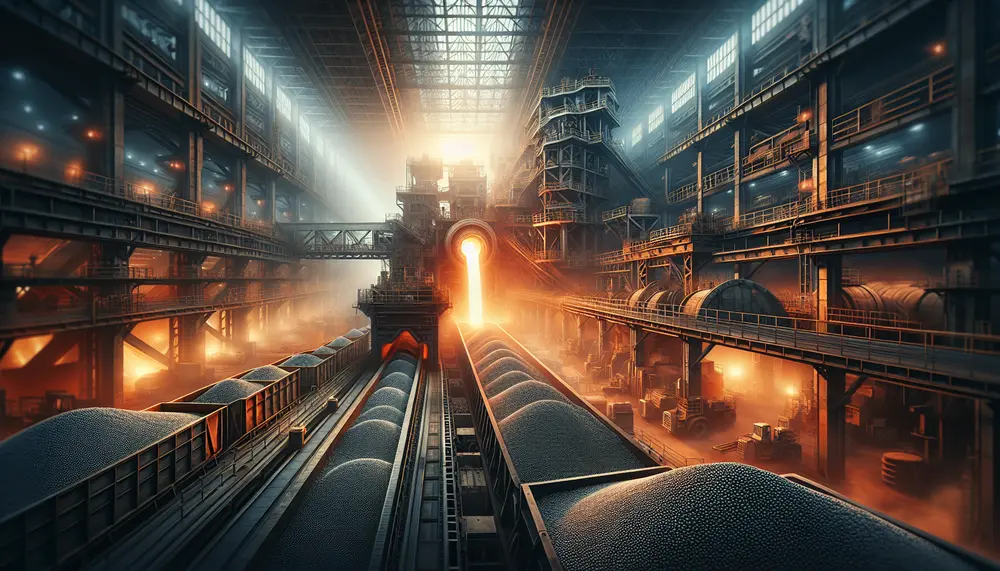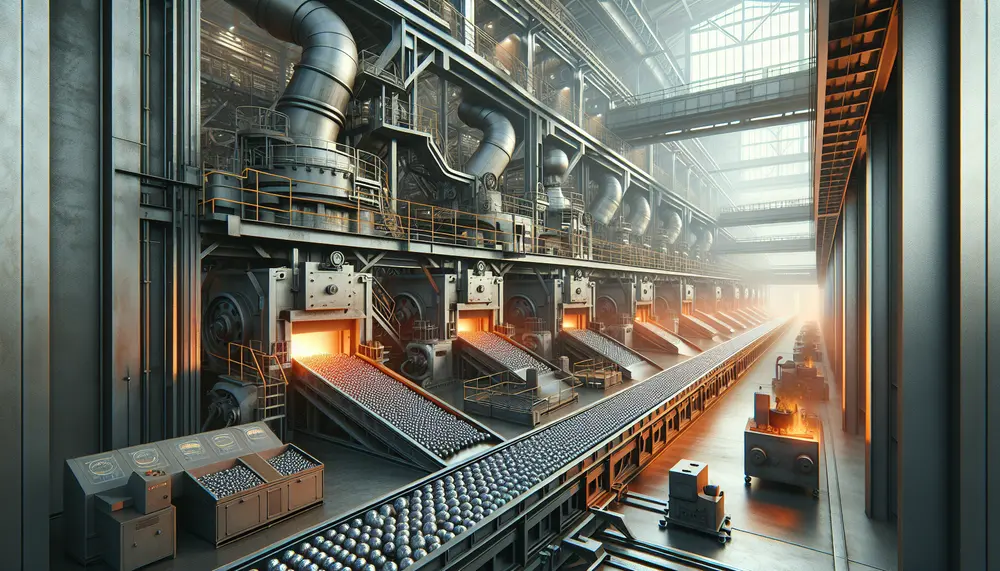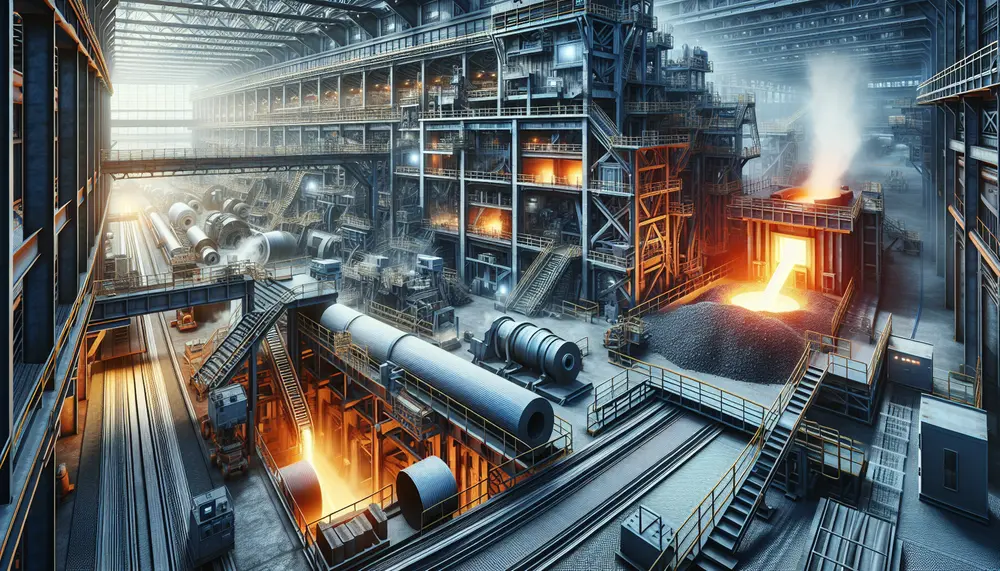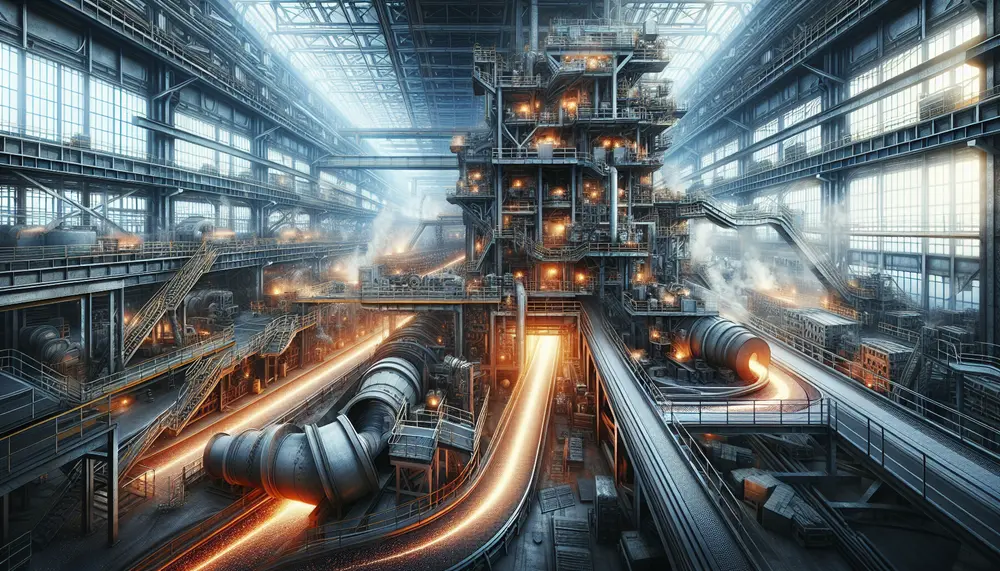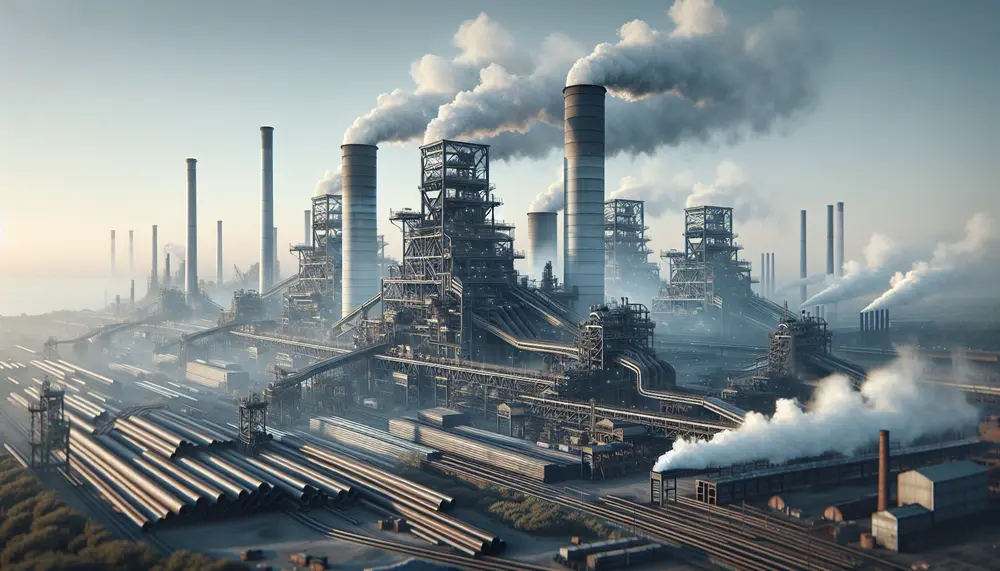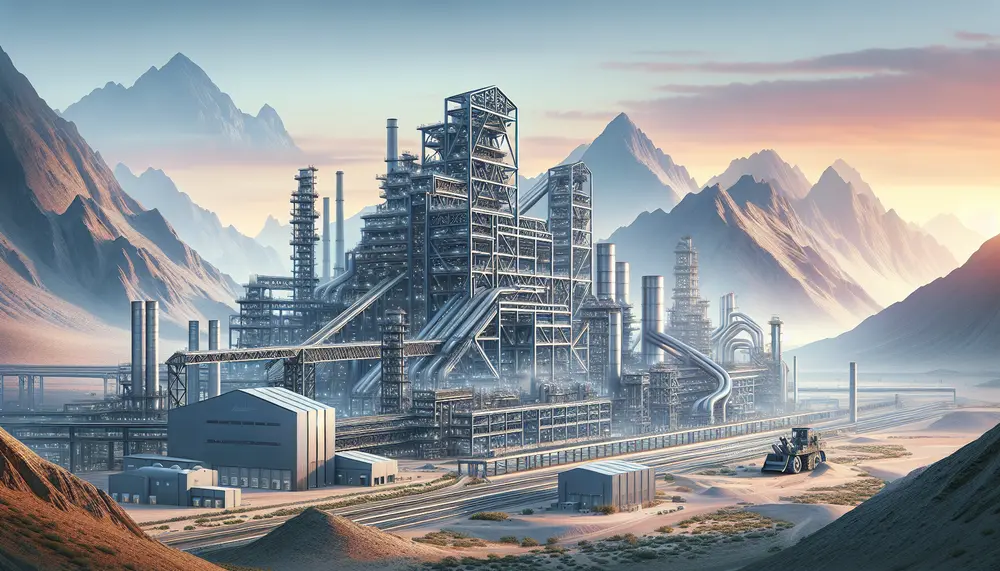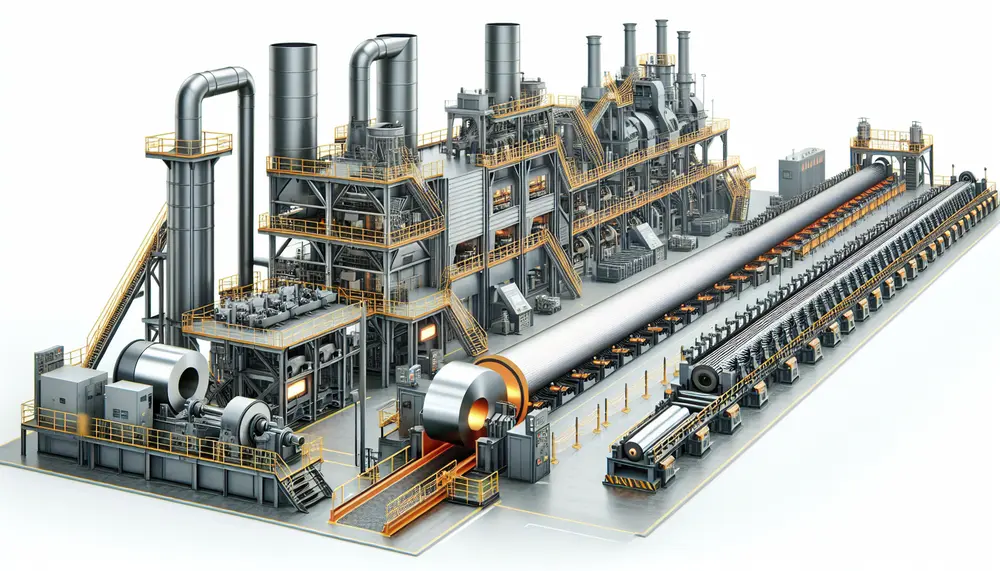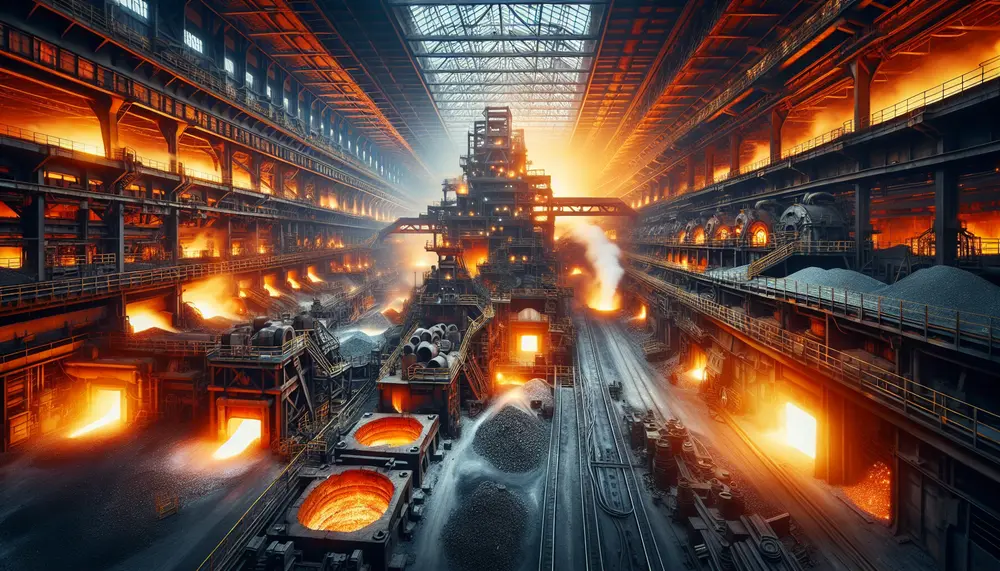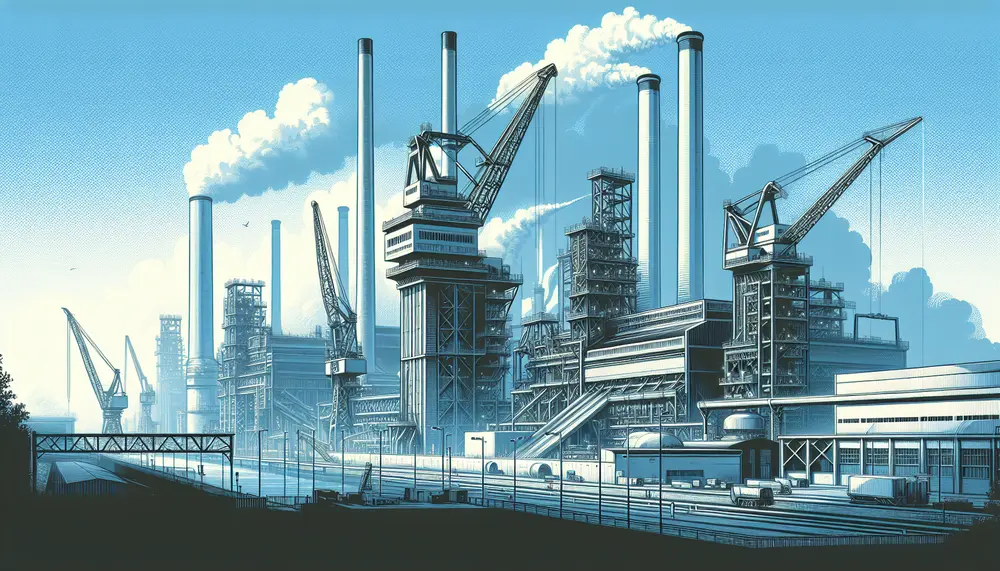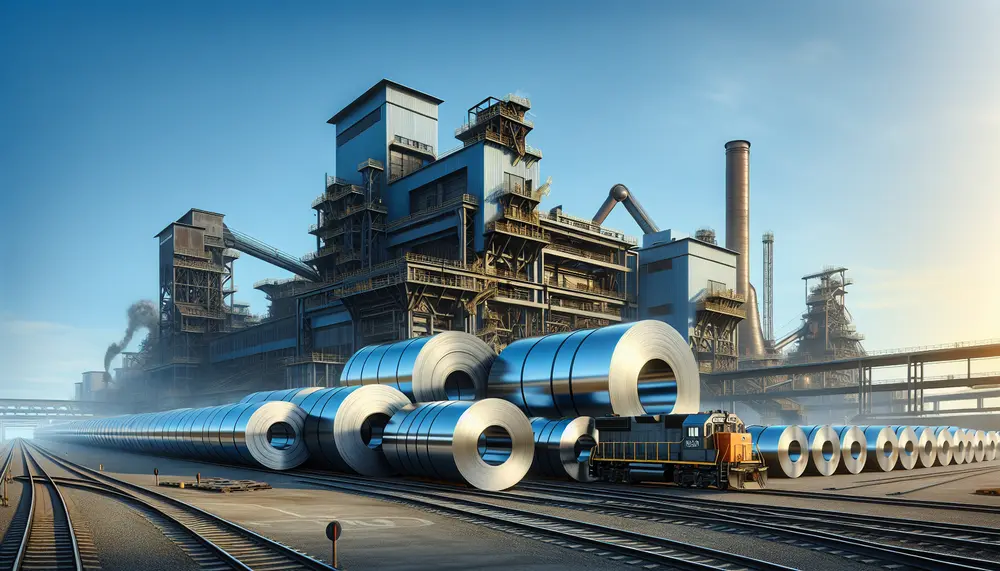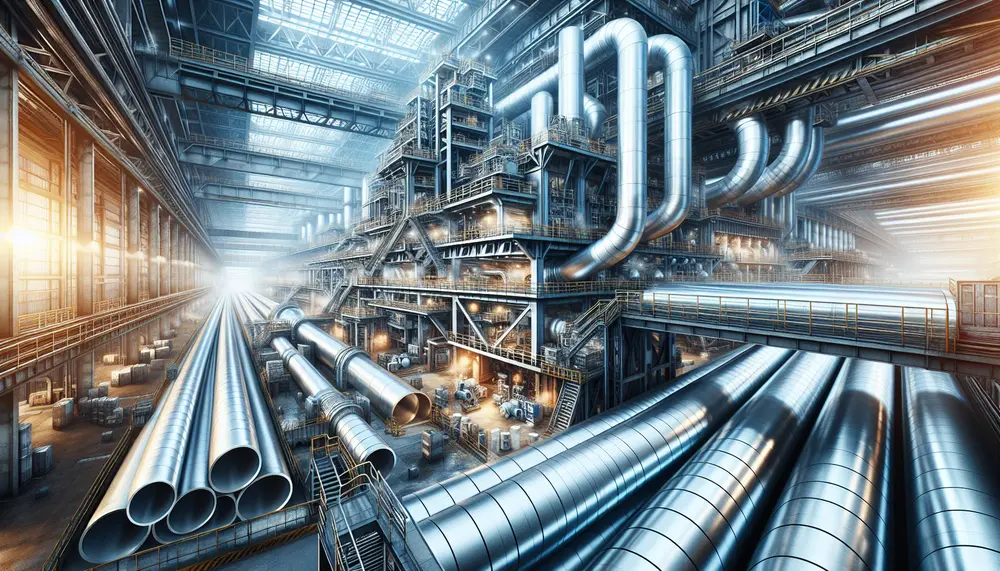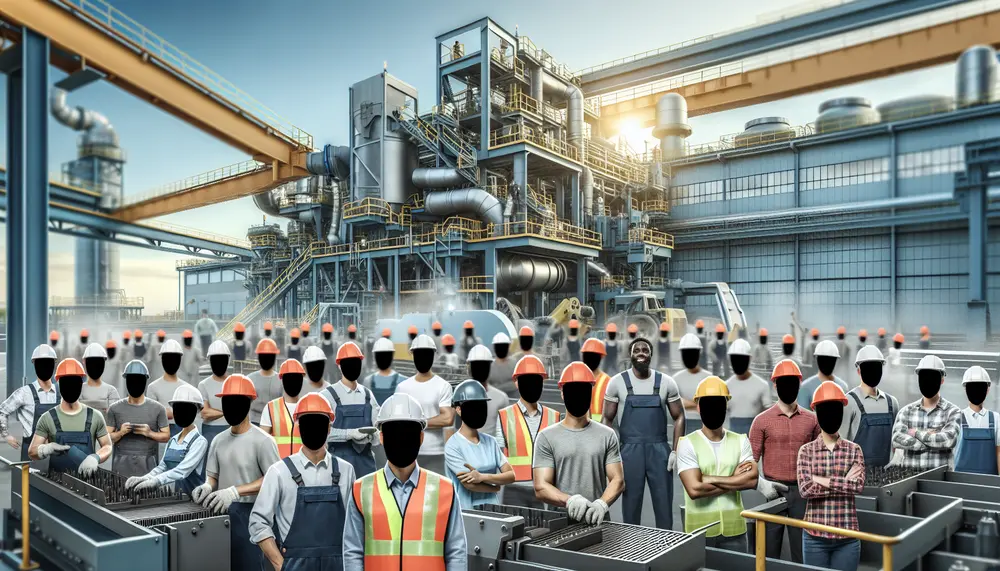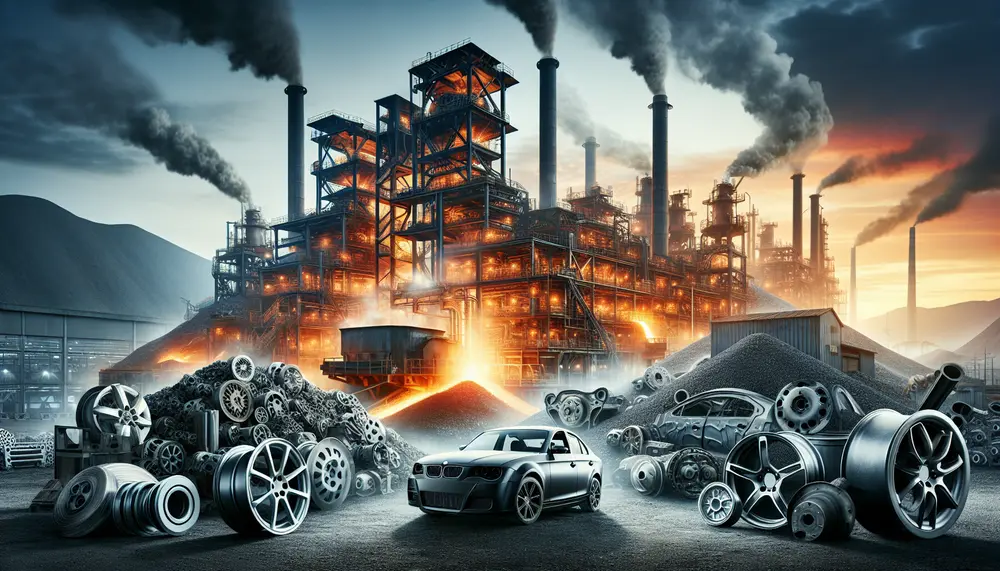Posts on the Topic Manufacturing
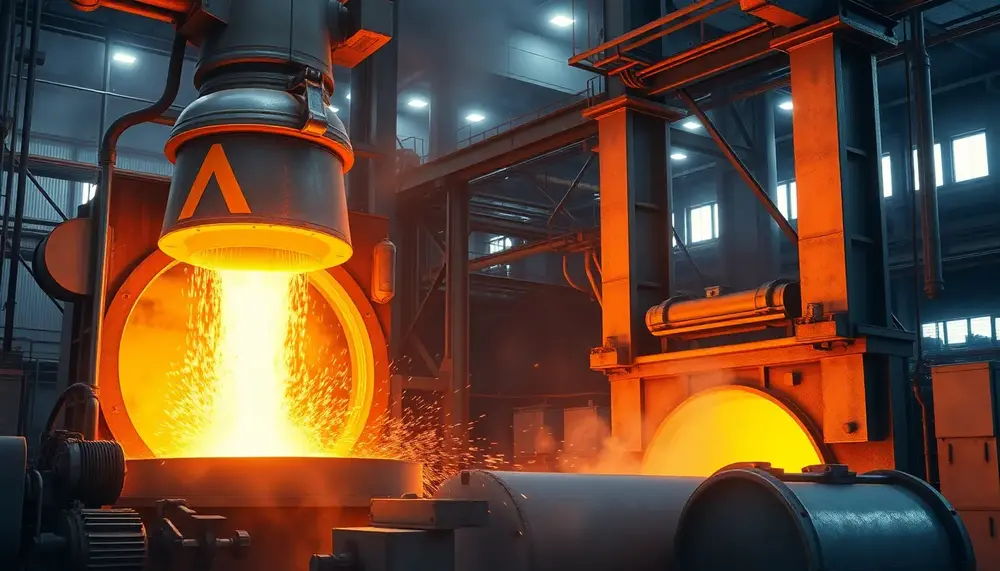
The transformation of steel production, marked by innovations like the Bessemer Process and later advancements, revolutionized industries by enabling faster, cheaper, and higher-quality steel manufacturing. These breakthroughs fueled industrial growth, urbanization, modern infrastructure development, and laid the foundation for a...
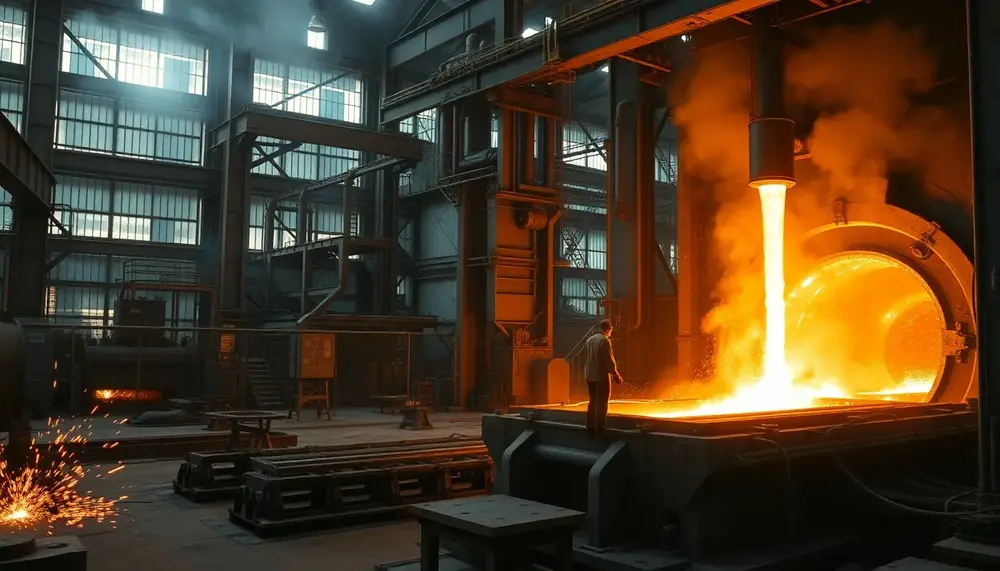
The article explores the steel industry's complexity, highlighting PDFs as essential guides for understanding processes like raw material preparation, ironmaking, and refining. It emphasizes the blast furnace's critical role in transforming raw materials into molten iron through efficient chemical reactions...
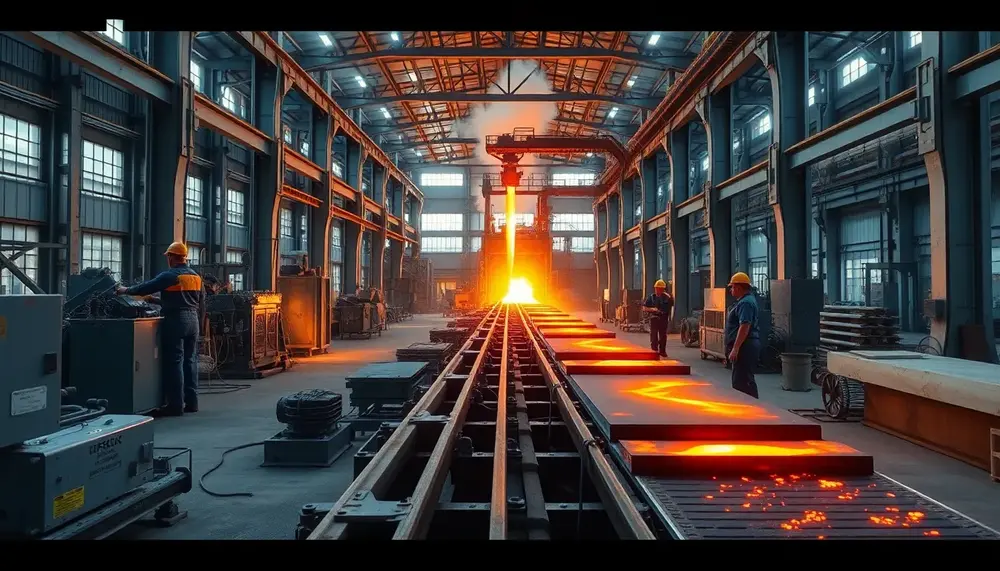
The article emphasizes the importance of visually presenting the steel manufacturing process through engaging PowerPoint slides, breaking down complex steps like raw material preparation and blast furnace operations using diagrams, animations, and concise text to enhance understanding for diverse audiences....
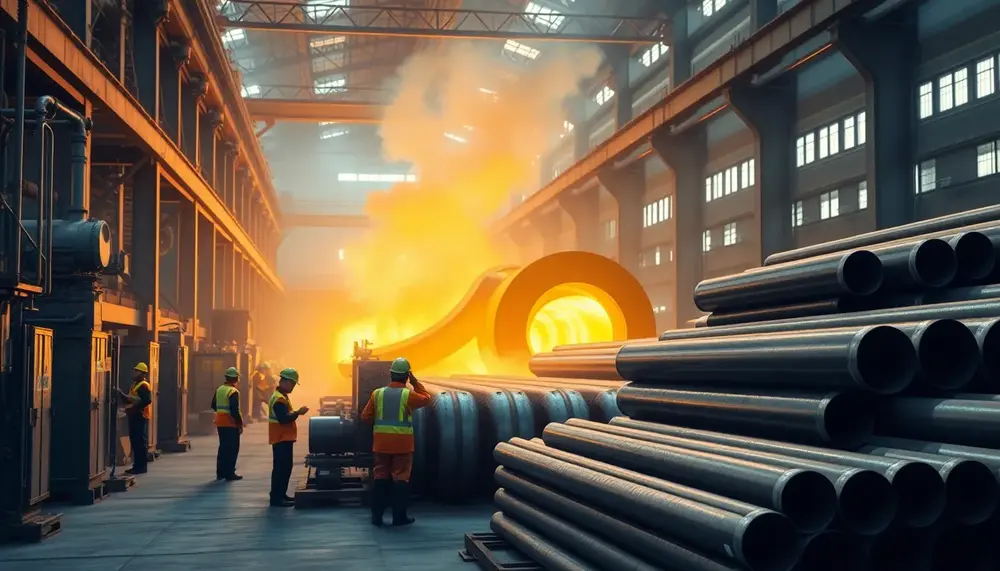
Steel tube manufacturing is essential for industries like construction, energy, and transportation, offering seamless tubes for strength and welded ones for cost-efficiency. The processes involve precise engineering to ensure durability, versatility, and performance tailored to specific applications....
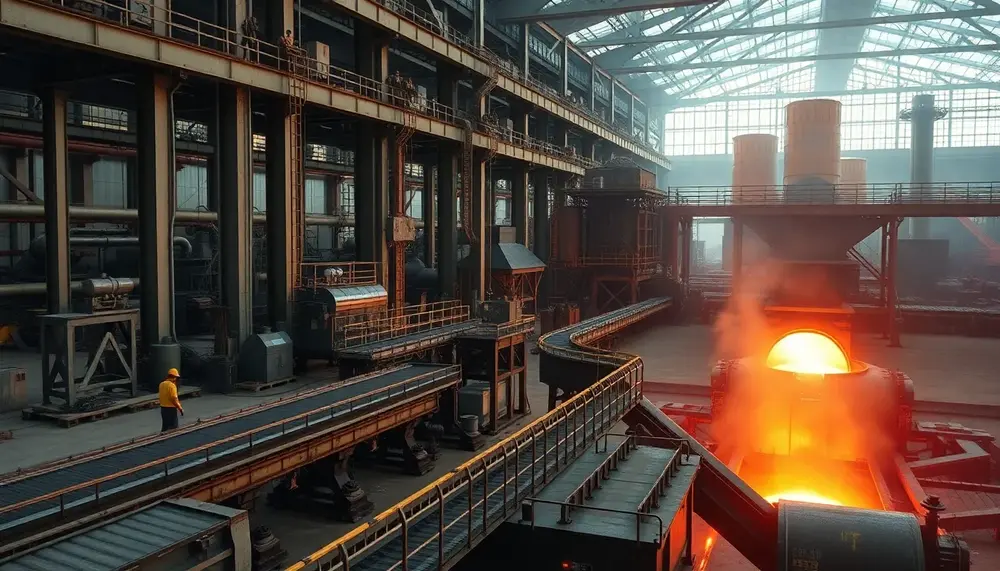
Steel manufacturing transforms raw materials like iron ore into robust steel products through a complex process involving chemistry, physics, and engineering. This journey from ancient methods to modern techniques includes steps such as blast furnace operations and refining processes, highlighting...
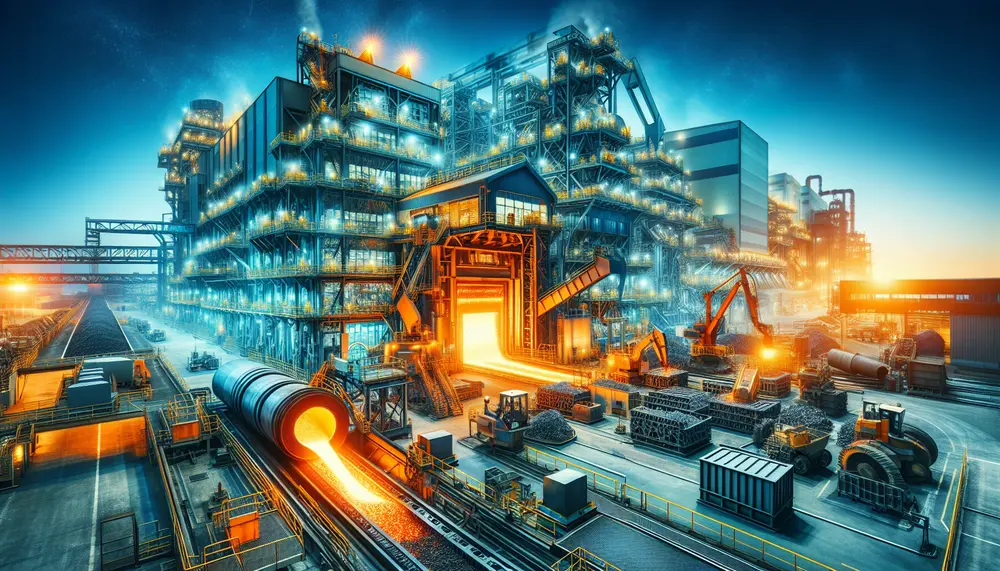
Steel recycling is a detailed process involving collection, sorting, shredding, melting, purification, and casting of scrap steel into new products; it offers significant environmental benefits like energy conservation and CO2 reduction while also providing economic advantages such as job creation...
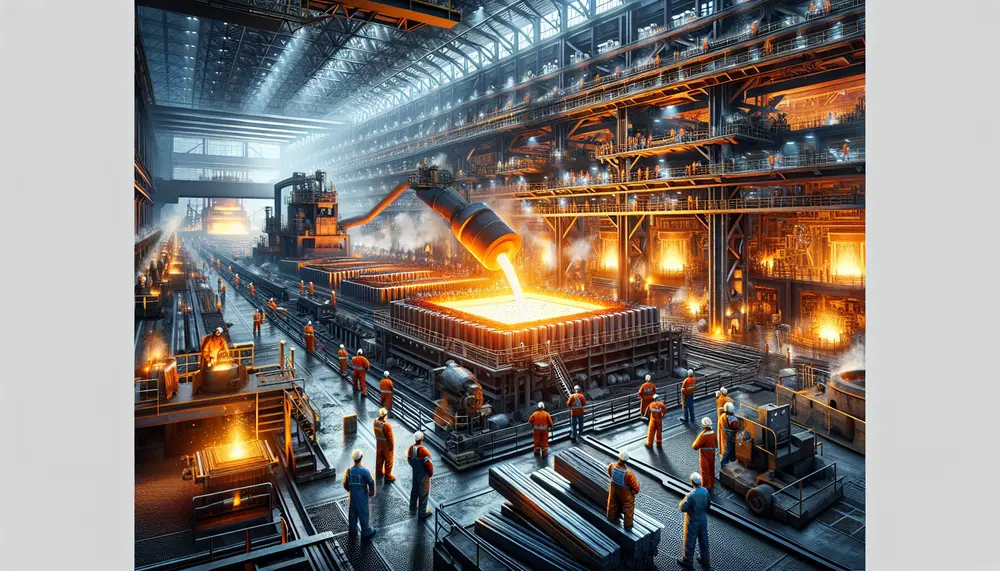
Steelmaking drawings are essential blueprints that ensure precision, coordination, cost control, time management, and quality assurance in steel production. Advanced tools like CAD and techniques such as FEA and BIM enhance the creation process by improving accuracy, efficiency, and collaboration...
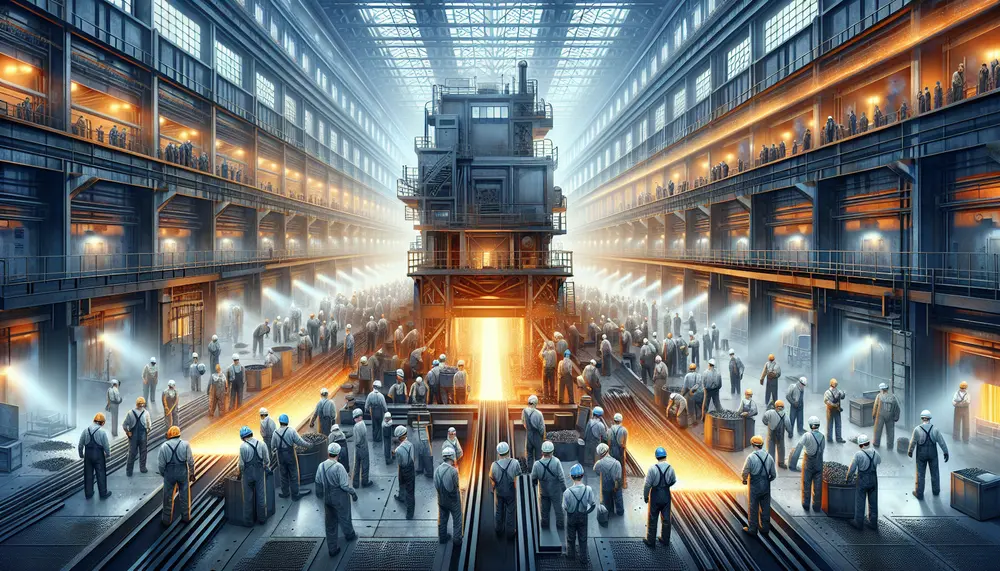
Graphite electrodes are essential in steel production, particularly for electric arc furnaces (EAF), where they conduct electricity to melt scrap metal at temperatures up to 3,000°C. Their effectiveness depends on properties like electrical conductivity and thermal shock resistance, influencing the...
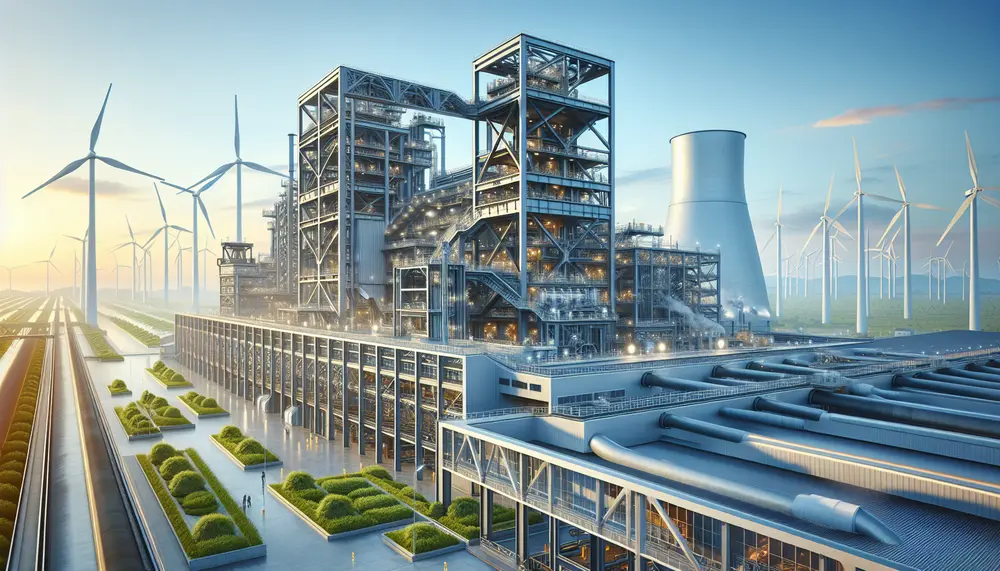
Steelmaking without coal, utilizing electricity and hydrogen from renewable sources, offers a sustainable alternative to traditional methods by reducing carbon emissions. The shift towards green steel production is driven by innovations like electric arc furnaces and low-carbon materials, with industry...
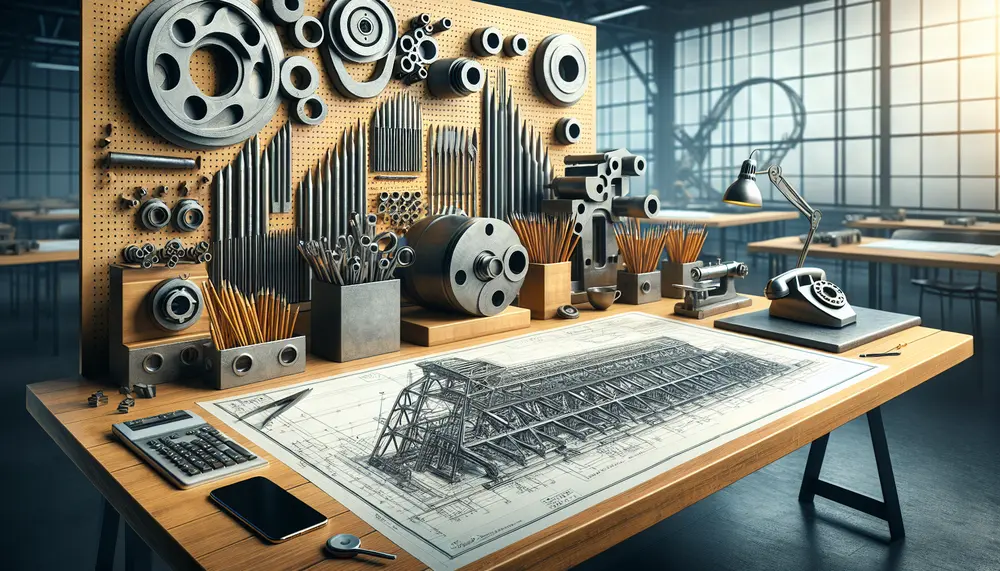
Steelmaking universities offer a blend of theoretical and practical education in metallurgical engineering, focusing on the science behind metal properties and production processes. Students learn through courses ranging from thermodynamics to advanced materials engineering, with hands-on experience in modern labs...
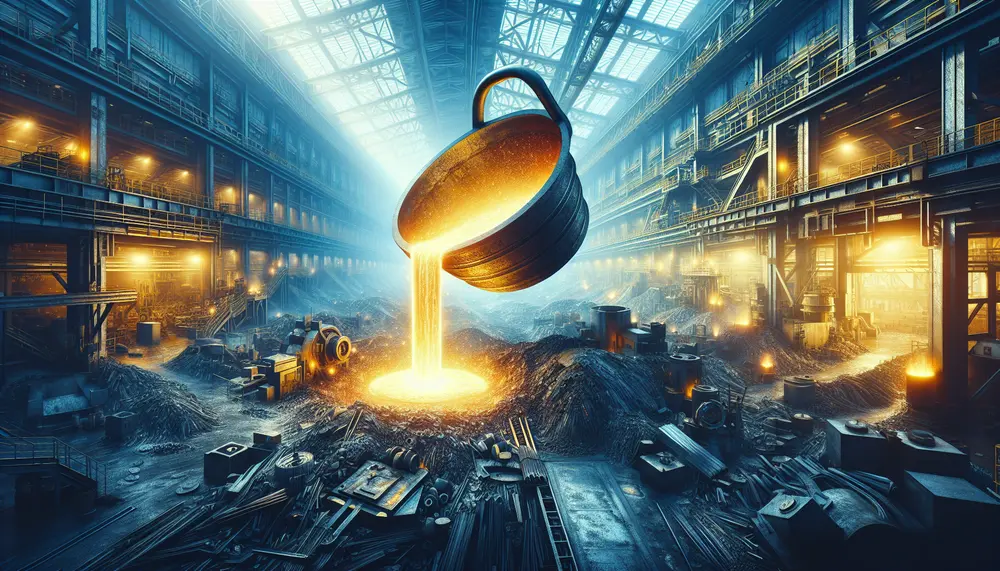
Metal manufacturing involves techniques like forming, machining, casting, joining, and finishing to create products from raw materials. Understanding these processes is essential in the industry; additional methods include extrusion, stamping, deep drawing, and shearing. Heat treatment alters metal properties through...
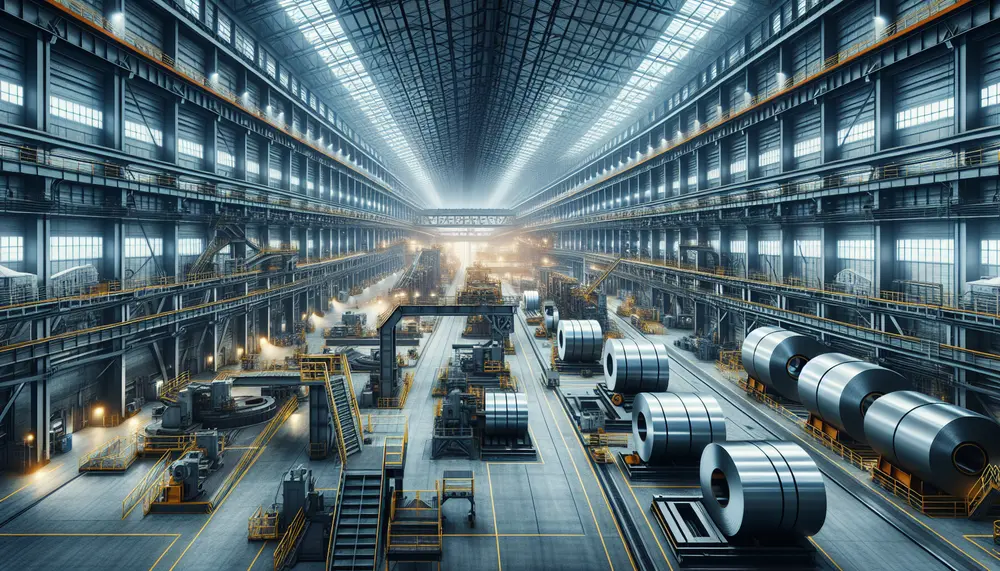
Manufacturing techniques are essential for transforming raw materials into finished goods, involving processes like casting, forging, machining, joining methods such as welding and soldering, and additive manufacturing. Understanding these techniques is crucial for innovation and efficiency in product development. Manufacturing...

